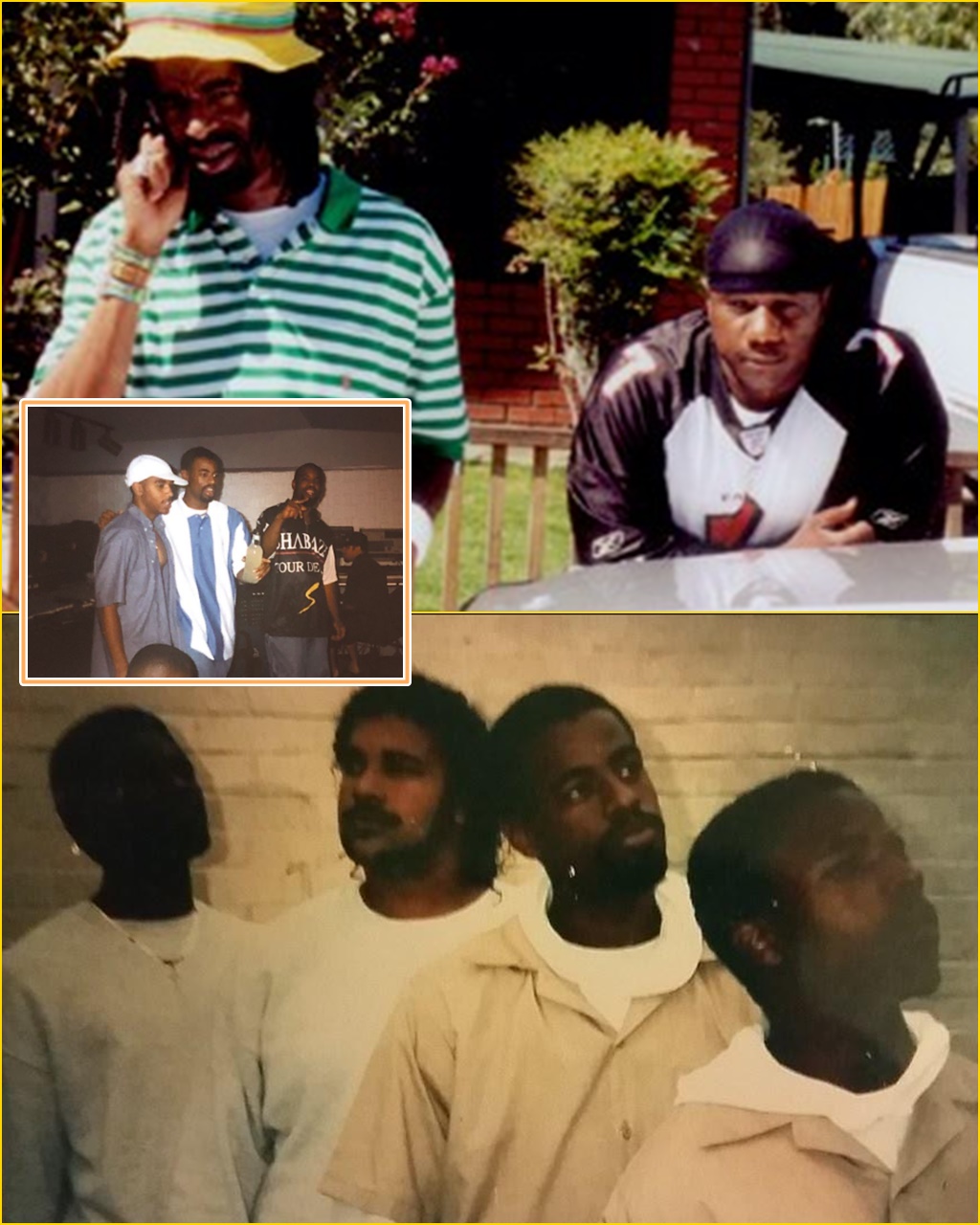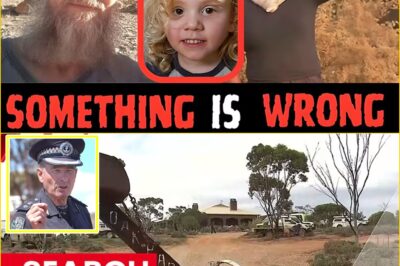Mac Dre, born Andre Hicks, was more than just another rapper — he was the heartbeat of Vallejo, California, and one of the architects of the Bay Area’s iconic “hyphy” movement. With his playful charisma, sharp wit, and unstoppable energy, he built a legacy that continues to echo through West Coast hip-hop. But on November 1, 2004, that energy was silenced on a lonely stretch of highway in Kansas City, Missouri.
In his final months, Mac Dre was at a creative peak. He had just released two standout albums — Ronald Dregan: Dreganomics and The Genie of the Lamp — records that perfectly captured his humor, street wisdom, and political satire. Fans and critics alike sensed that he was evolving beyond local legend status, pushing into national recognition. He was performing, building his label Thizz Entertainment, and helping other Bay Area artists rise. Everything pointed toward a new chapter.

Then came Kansas City. Dre was reportedly in town for a performance, but details about his movements that night remain cloudy. What’s known is this: in the early hours of November 1, while riding in a van, shots were fired. The vehicle swerved off the road, crashing along the highway. Mac Dre was hit and killed instantly. He was just 34 years old.
The murder shocked not only the Bay Area but the entire hip-hop community. The idea that “the King of Vallejo” — a man known more for spreading joy and dance culture than street beef — could be gunned down so far from home felt senseless. The investigation that followed raised more questions than answers. Rumors swirled about disputes, money, and connections, but to this day, the full truth behind that night remains uncertain.
What makes Mac Dre’s story hit so hard isn’t just the tragedy of how he died — it’s how vividly he lived. His music celebrated life’s chaos, humor, and hustle. He turned the simplest slang into anthems, the smallest local moments into cultural touchstones. Songs like “Feelin’ Myself,” “Thizzle Dance,” and “Boss Tycoon” turned Bay Area life into a vibe that the whole world eventually caught onto.
In Kansas City, his passing has become part of hip-hop folklore — a tragic intersection between two regions that both loved and respected him. In Vallejo, he’s immortal. Murals, tributes, and festivals keep his name alive. Younger generations who never saw him perform still know the energy he embodied: freedom, laughter, and raw creativity.
More than 20 years later, Mac Dre’s death still stirs debate — who was behind it, and why? But the music, the culture, and the movement he left behind are undeniable. From the Bay to the Midwest, his story is told not just in documentaries or interviews, but in the bounce of every beat that carries a hint of that unmistakable “Thizz” spirit.
Mac Dre may have taken his final ride that night in Kansas City, but his rhythm never stopped echoing. In every club, every car, every artist he inspired — the King of Vallejo still reigns.
News
“Too Little, Too Late” — Inside the Costly Delays and Missed Clues That Still Haunt the Search for Gus Lamont
When four-year-old Gus Lamont disappeared from his family’s remote sheep station in South Australia in late September, Australia watched in…
Latest Court Development: Ghetts Remanded After Fat-al Crash — Next Hearing Set As Investigation Intensifies
British rapper Ghetts — real name Justin Jude Clarke-Samuel — has been officially remanded into custody following a fatal car…
“I FEEL LIKE I’VE BEEN TAKEN ADVANTAGE OF” — Joe Swash’s Heartbreaking Parenting Confession in the Emotional Finale of His BBC Reality Show with Stacey Solomon
Joe Swash made a heartbreaking parenting confession as he was ‘taken advantage of’ by his children in the finale of his…
“THEY TRIED TO BURY THE TRUTH — BUT IT’S BACK!” Inside the Le-aked 400-Page Memoir Virginia Giuffre Wrote to Expose the Secrets the Elite Never Wanted You to Read
For years, Virginia Giuffre’s name has been at the center of one of the most controversial scandals of the century….
SHE DOESN’T DESERVE THIS!” – HEARTBREAK AND OUTRAGE ERUPT AS STRICTLY STAR ELLIE GOLDSTEIN FACES CRUEL ONLINE INSULTS AHEAD OF HER MOST DANGEROUS ROUTINE YET
“She doesn’t deserve this.” Those were the words flooding social media as Strictly Come Dancing’s Ellie Goldstein became the unexpected…
A hush fell over the Today show studio as Dylan Dreyer’s voice cracked, her eyes brimming with tears, revealing a betrayal that no one saw coming!
A hush fell over the Today show studio when Dylan Dreyer’s usually calm, cheerful demeanor broke. Her voice trembled, her…
End of content
No more pages to load












